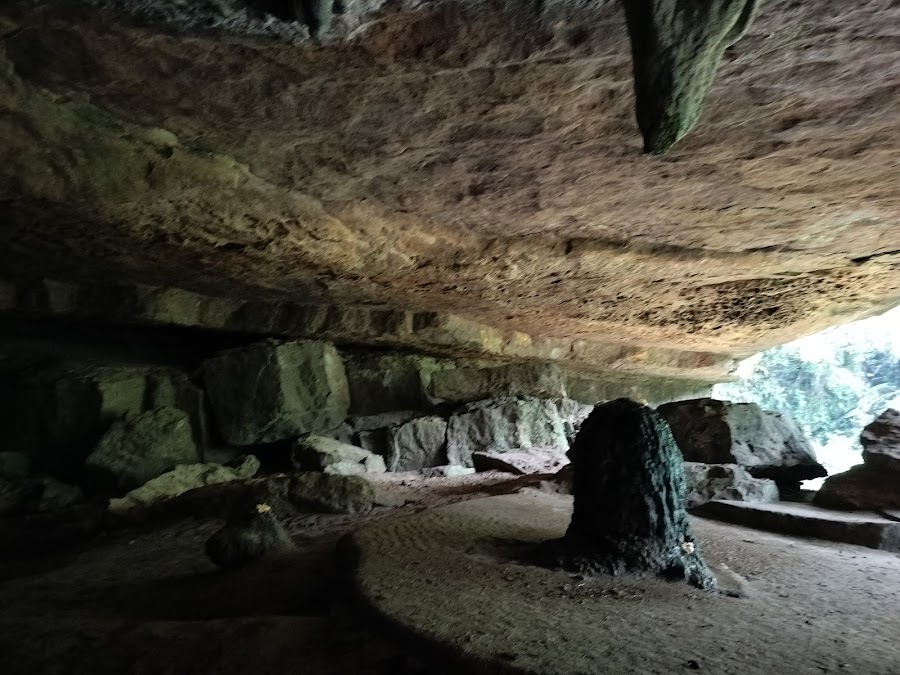
Mawjymbuin Cave
Mawsynram, India
- Enjoy the scenic drive to Mawsynram.
- Experience the cave's unique ecosystem.
- Explore the cave formations.
- Learn about cave geology.
- Photograph the Shiva Lingam stalagmite.
Known for:
Description:
Mawjymbuin Cave, nestled in the wettest place on Earth, Mawsynram, Meghalaya, is a captivating natural wonder. This cave is renowned for its impressive stalactites and stalagmites, formed over centuries by dripping mineral-rich water. The most striking formation is a massive stalagmite shaped like a Shiva Lingam, a sacred symbol in Hinduism, drawing both devotees and curious travelers. The cave's interior is dimly lit, creating an ethereal atmosphere as you navigate through its winding passages. Exploring Mawjymbuin Cave offers a unique opportunity to witness the power of nature's artistry and delve into the geological wonders hidden beneath the lush landscapes of Meghalaya. Be prepared for a slightly damp and adventurous experience as you crawl and squeeze through certain sections of the cave.
History:
The Mawjymbuin Cave's history is intertwined with the geological processes that have shaped the Khasi Hills over millennia. While precise historical records are scarce, the cave's formations tell a story of gradual development through the deposition of calcium carbonate from water percolating through the limestone rock. Local legends and folklore often associate the cave with religious significance, particularly the Shiva Lingam-shaped stalagmite. Over time, the cave has become a pilgrimage site for devotees and a point of interest for explorers and geologists. The site has been developed as a tourist destination, with basic infrastructure to facilitate exploration while preserving the natural integrity of the cave system.